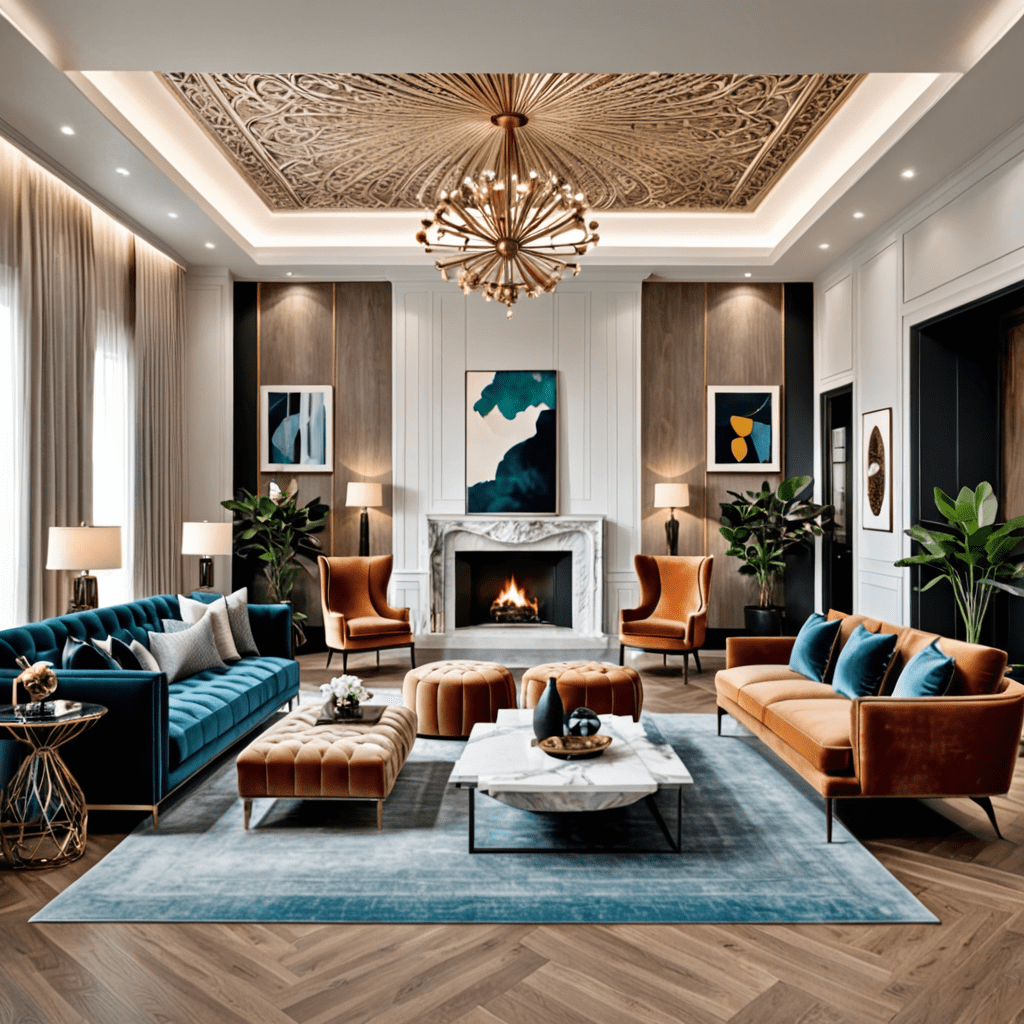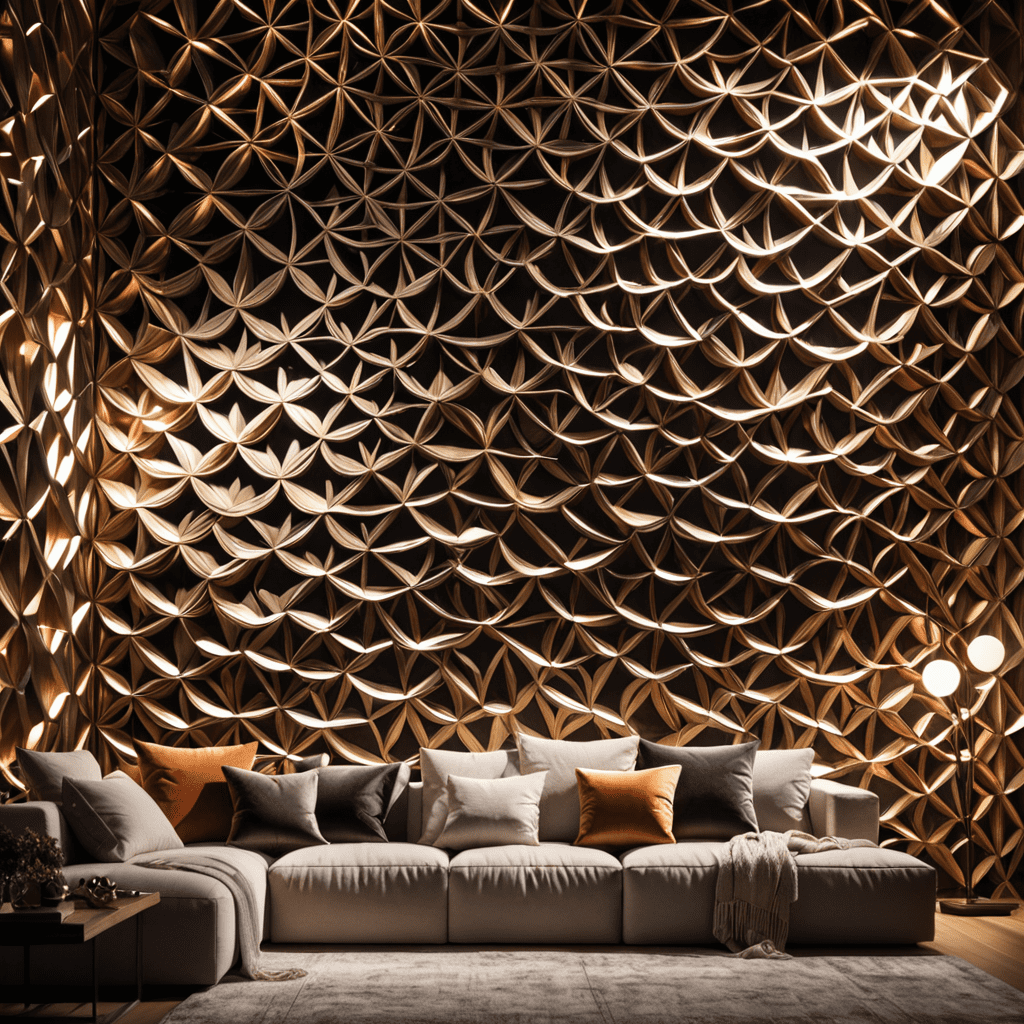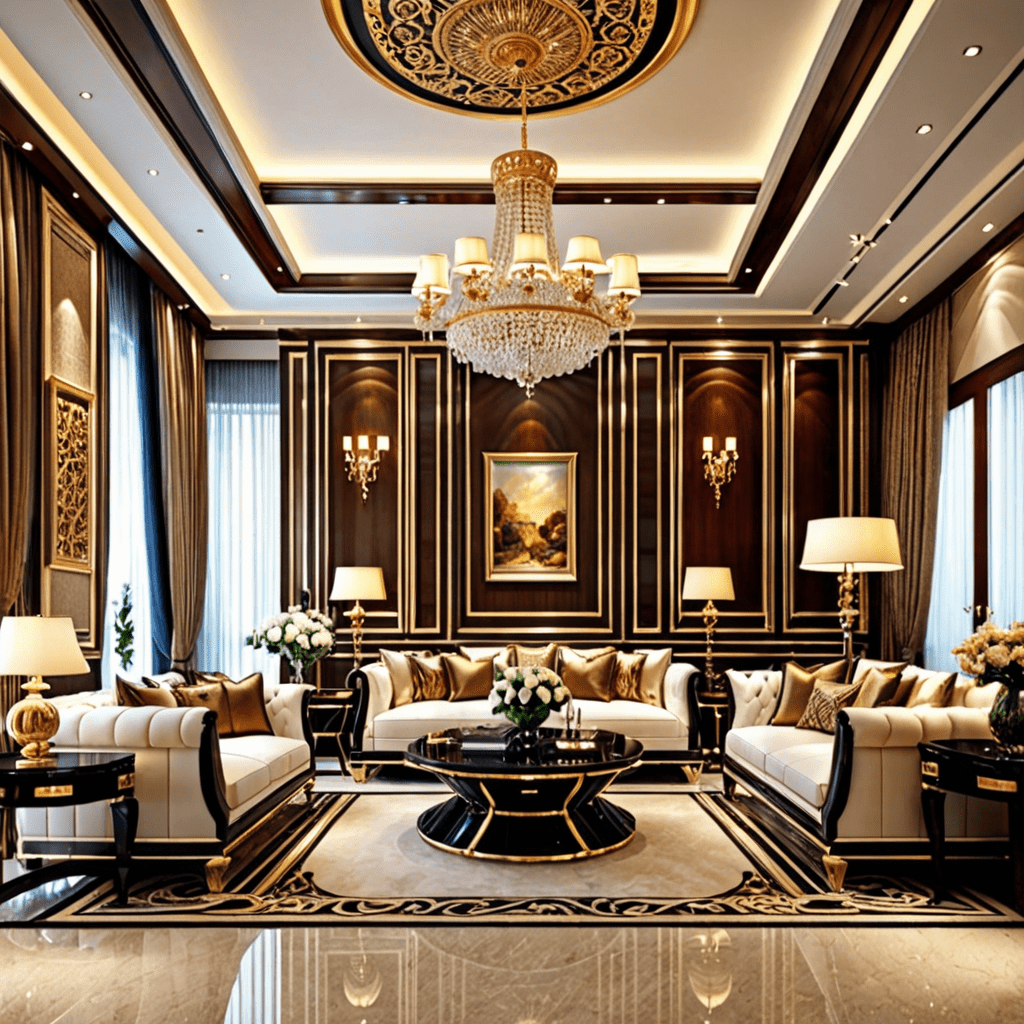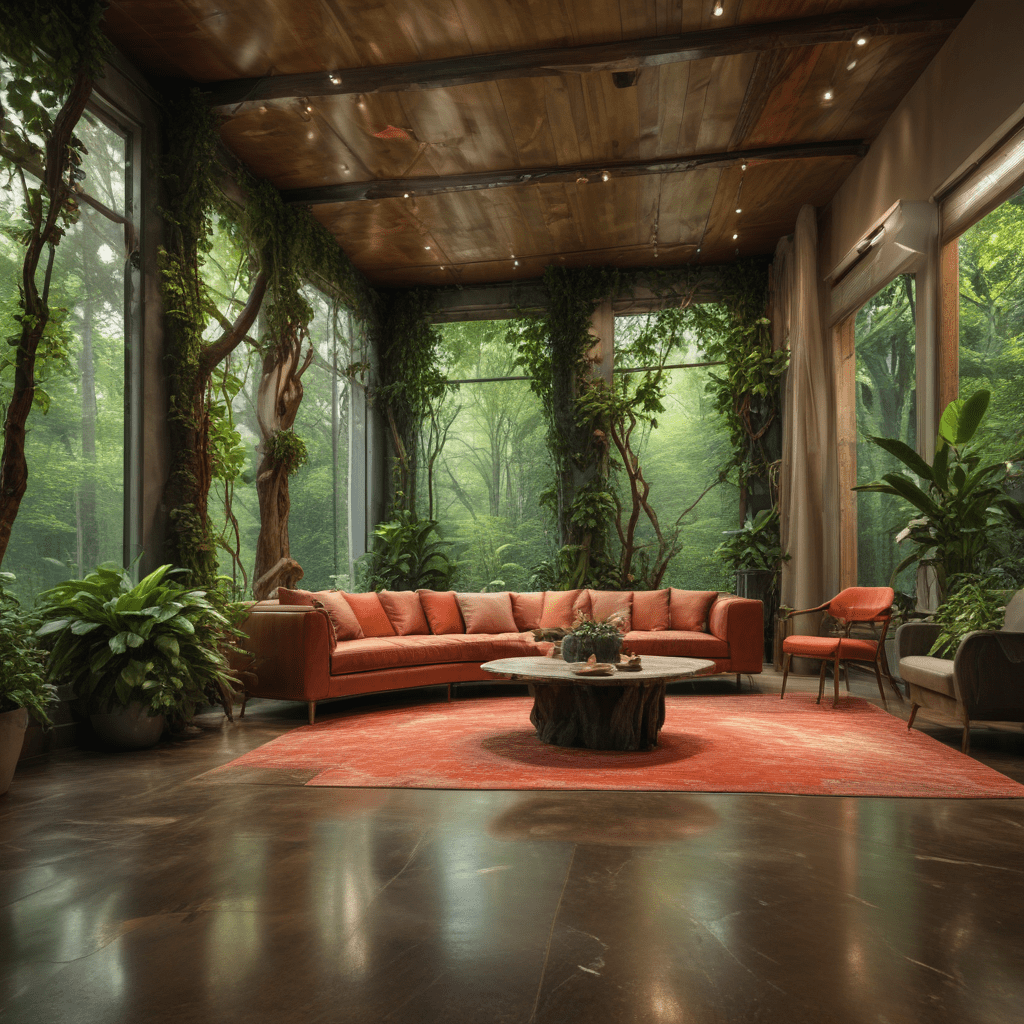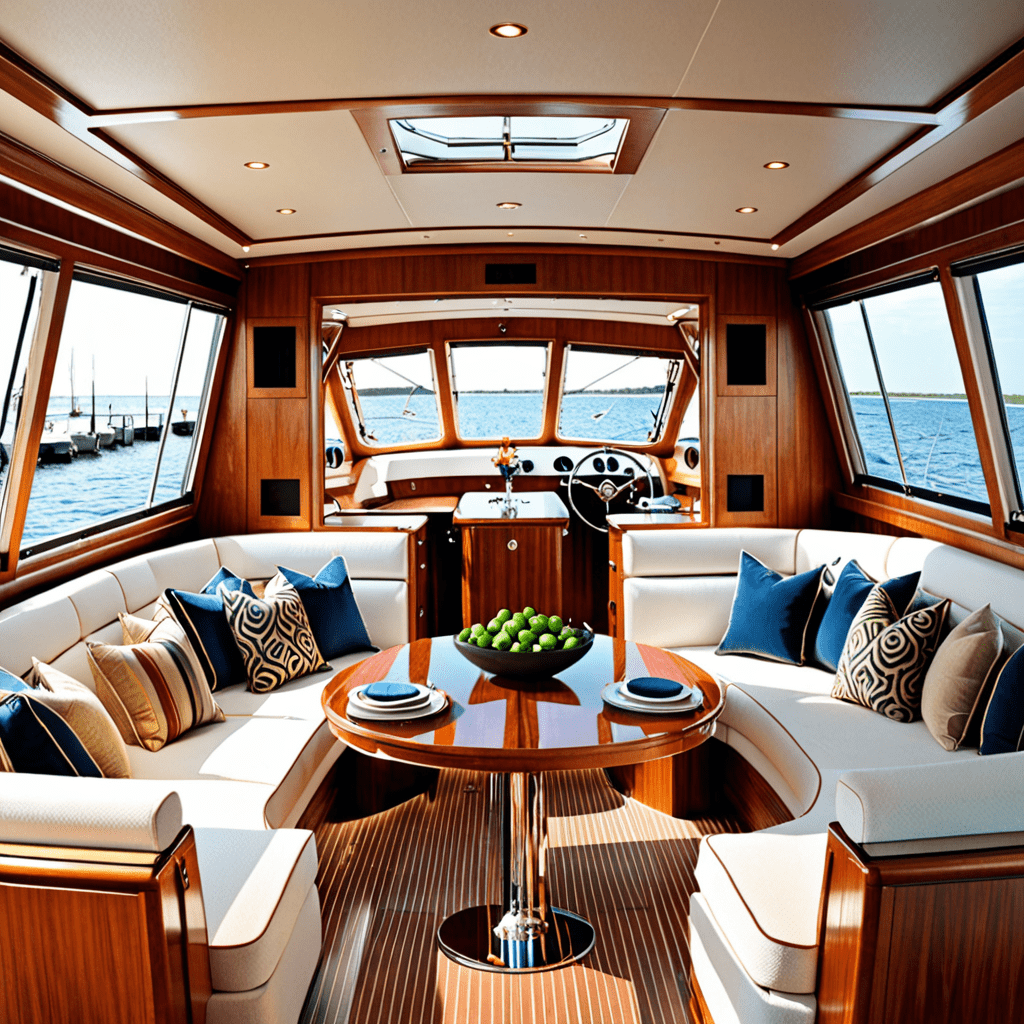Kitchen Transitional Interior Design: How to Create a Timeless Look
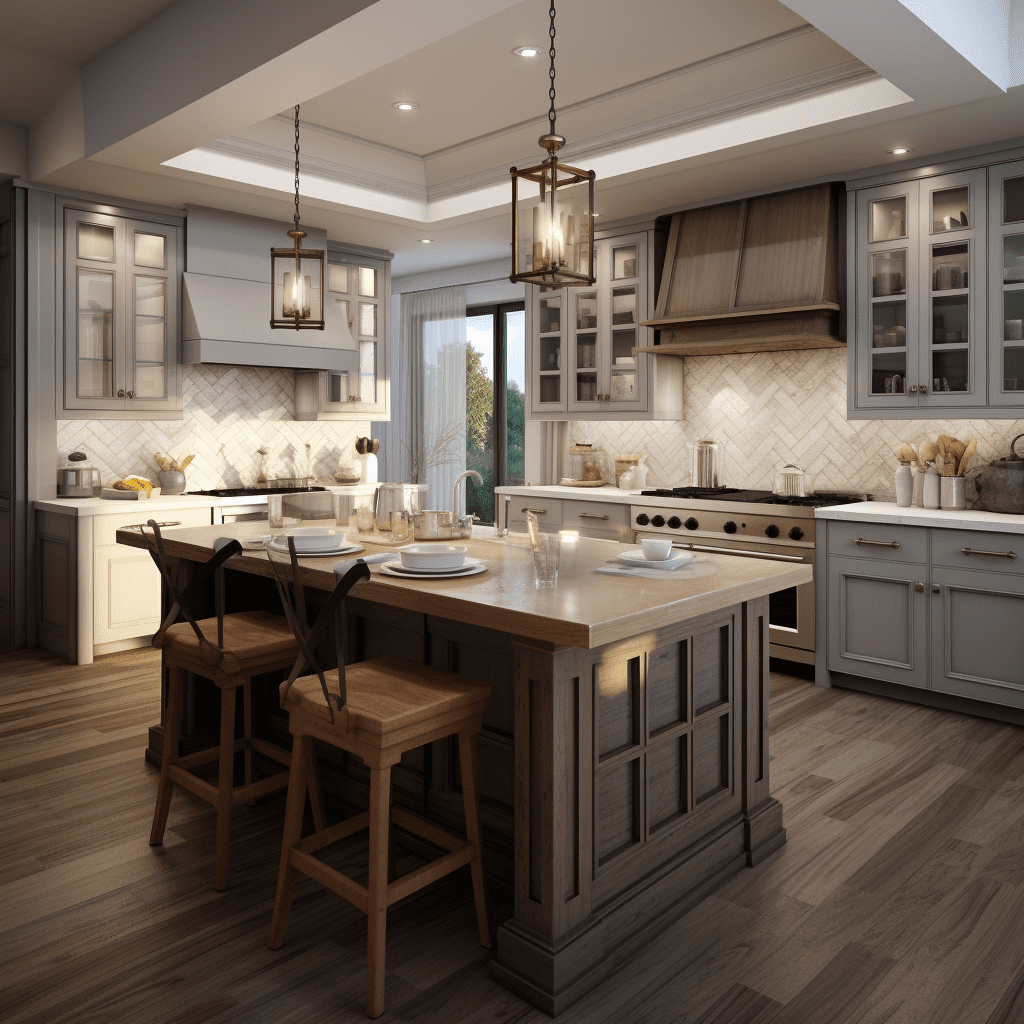

Kitchen Transitional Interior Design: Combining the Best of Both Worlds
The world of interior design is constantly evolving, with new styles and trends popping up every now and then. One style that has gained popularity over the years is transitional interior design. And when it comes to the heart of the home – the kitchen – this style can create a space that beautifully blends traditional and contemporary elements. In this blog post, we will explore the world of kitchen transitional interior design, discover its key features, and provide tips on how to achieve this versatile and timeless look in your own kitchen.
1. What is Transitional Interior Design?
Transitional interior design is all about finding the perfect balance between traditional and contemporary styles. It takes the warmth and classic elements of traditional design and combines them with the clean lines and simplicity of contemporary design. The result? A harmonious and timeless space that effortlessly combines the best of both worlds.
2. Key Elements of Transitional Kitchen Design
When it comes to creating a transitional kitchen, there are a few key elements to keep in mind:
- Neutral Color Palette: Transitional kitchens often feature a neutral color palette, with shades of white, gray, beige, and taupe. These colors serve as a blank canvas, allowing the design elements to shine.
Mix of Materials: Transitional kitchens embrace the use of different materials, such as wood, metal, and stone. This mix of materials adds depth and visual interest to the space.
Clean Lines: Transitional design favors clean lines and simple shapes. You won’t find intricate details or ornate carvings here. Instead, focus on sleek and streamlined designs.
Balance and Symmetry: Achieving balance and symmetry is key in transitional design. If you choose a large statement piece, make sure to balance it with other elements in the space.
Mixed Cabinet Styles: Transitional kitchens often feature a mix of cabinet styles. For example, combining Shaker-style cabinets with sleek, modern hardware can create a beautiful contrast.
3. Choosing the Right Materials and Finishes
When it comes to materials and finishes in a transitional kitchen, aim for a combination of classic and contemporary choices. Some popular options include:
- Countertops: Quartz and granite are popular choices for countertops in transitional kitchens. Their durability and timeless appeal make them a perfect fit.
Backsplashes: Consider using subway tiles for a classic yet contemporary look. Alternatively, opt for mosaic tiles or even a unique patterned tile for a pop of visual interest.
Flooring: Hardwood flooring is often chosen for transitional kitchens. Alternatively, porcelain or ceramic tiles that mimic the look of wood can be a durable and practical choice.
Lighting Fixtures: Pendant lights with sleek, clean lines work beautifully in transitional kitchens. Consider mixing different styles to add visual interest.
4. Combining Traditional and Contemporary Furniture
In a transitional kitchen, it’s essential to strike the right balance between traditional and contemporary furniture pieces. Here are a few tips:
- Choose a Statement Piece: Select one or two statement furniture pieces and keep the rest simple. For example, a traditional farmhouse table paired with modern chairs can create the perfect mix.
Mix and Match Styles: Combine traditional and contemporary furniture pieces to create a cohesive yet interesting look. Experiment with different textures, shapes, and materials.
5. Adding Personal Touches with Accessories
Accessories play a crucial role in bringing a space together and adding a personal touch. In a transitional kitchen, opt for simple yet visually appealing accessories:
- Artwork: Choose artwork that complements the overall design style. Abstract paintings or black and white photographs can work well in a transitional kitchen.
Statement Lighting: Pendant lights or chandeliers can make a statement and become a focal point of the space. Choose fixtures that balance traditional and contemporary design elements.
Decorative Items: Select a few well-chosen decorative items to add personality. Display traditional pottery or glassware alongside modern decorative pieces to create an interesting contrast.
FAQ
Q: Can I achieve a transitional look in a small kitchen?
Absolutely! Transitional design can work beautifully in small kitchens. Opt for lighter colors, sleek cabinets, and consider maximizing storage space to create a sense of openness and functionality.
Q: How can I update my existing kitchen to a transitional style?
Start by evaluating the elements that can be changed, such as cabinet hardware, countertops, and lighting fixtures. Consider painting your cabinets in a neutral color and updating the backsplash for an instant transformation.
Q: Are there any rules about mixing metals in a transitional kitchen?
There are no hard and fast rules, but it’s generally recommended to choose one dominant metal and use the others as accents. For example, if your cabinet hardware is chrome, you can incorporate brass or copper accents through light fixtures or accessories.
Q: Can I incorporate color in a transitional kitchen?
While neutral colors are often associated with transitional design, there’s no reason why you can’t incorporate color. Opt for muted or soft shades that still maintain a sense of balance and harmony with the overall design.
Q: Is transitional design more expensive than traditional or contemporary design?
The cost of a transitional kitchen can vary depending on your choices and preferences. However, since transitional design often incorporates a mix of traditional and contemporary elements, it can provide flexibility in terms of budgeting.
Q: Can I mix different styles of cabinetry in a transitional kitchen?
Yes, mixing different styles of cabinetry can add visual interest and depth to a transitional kitchen. Consider combining Shaker-style cabinets with flat-panel or glass-front cabinets for a balanced and dynamic look.
In conclusion, a kitchen with transitional interior design allows you to create a space that seamlessly blends traditional and contemporary elements. By carefully selecting materials, balancing styles, and adding personal touches, you can achieve a versatile and timeless kitchen that perfectly reflects your style and taste. Ready to transform your kitchen? Embrace the best of both worlds with transitional design!

